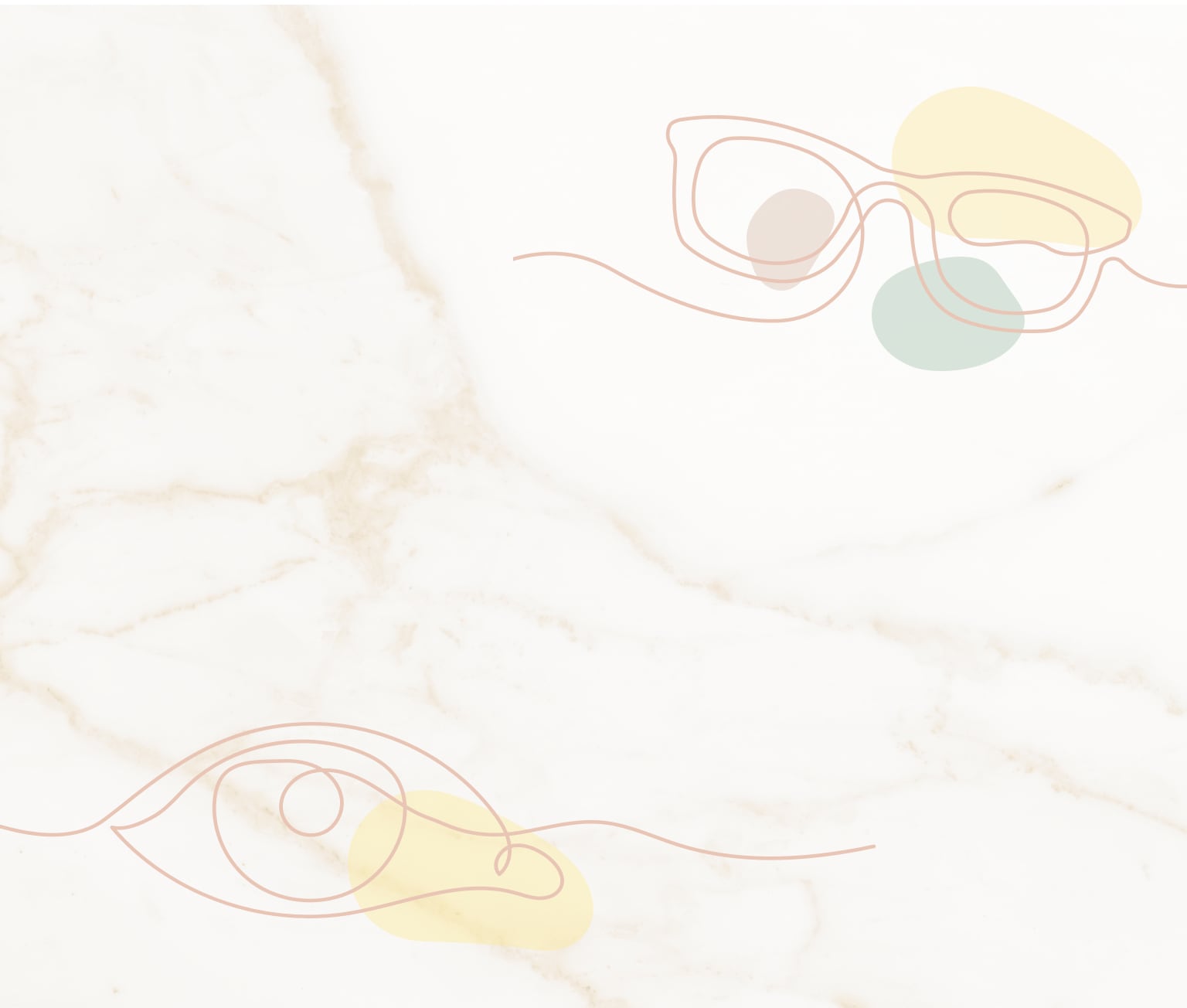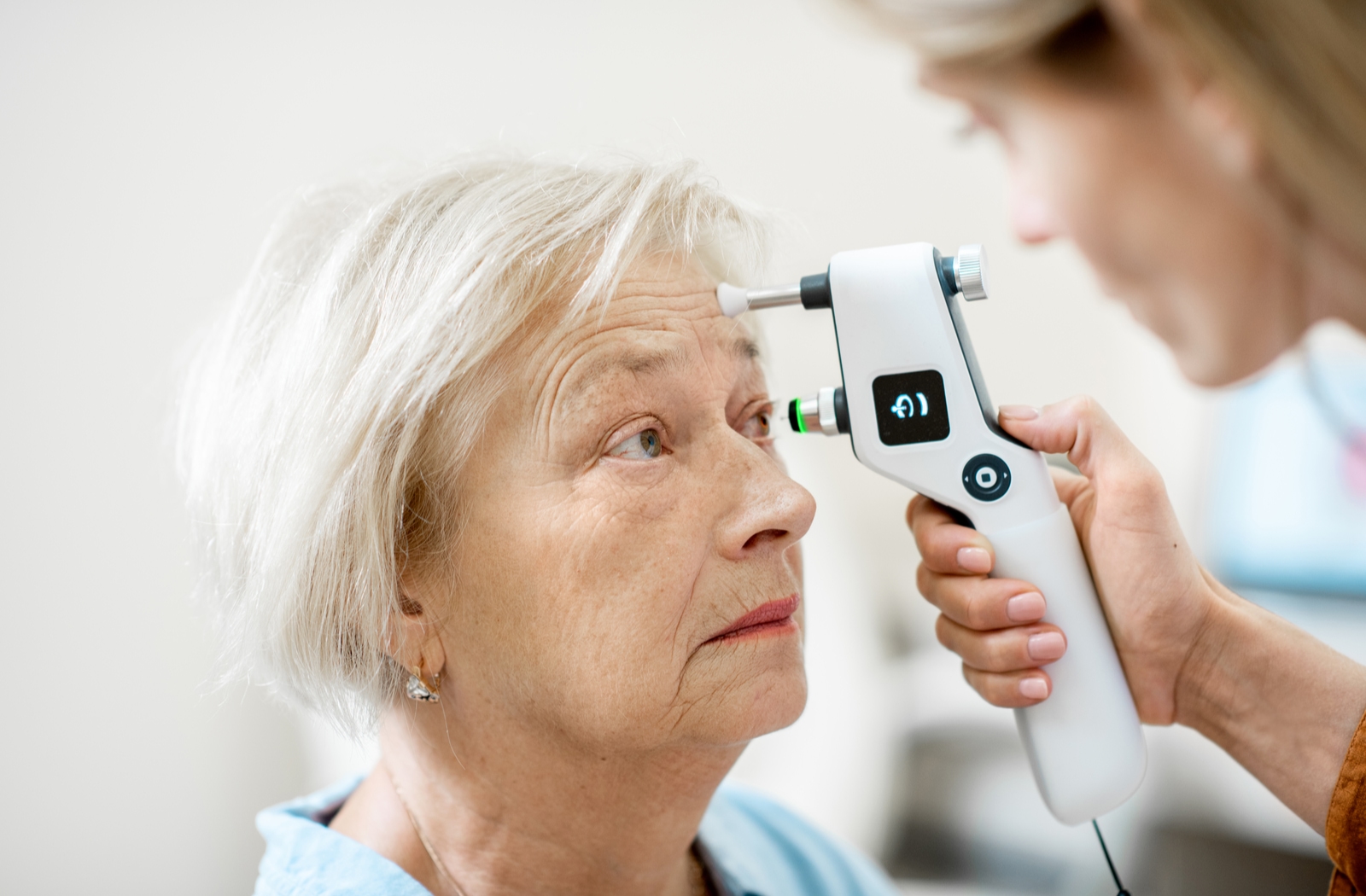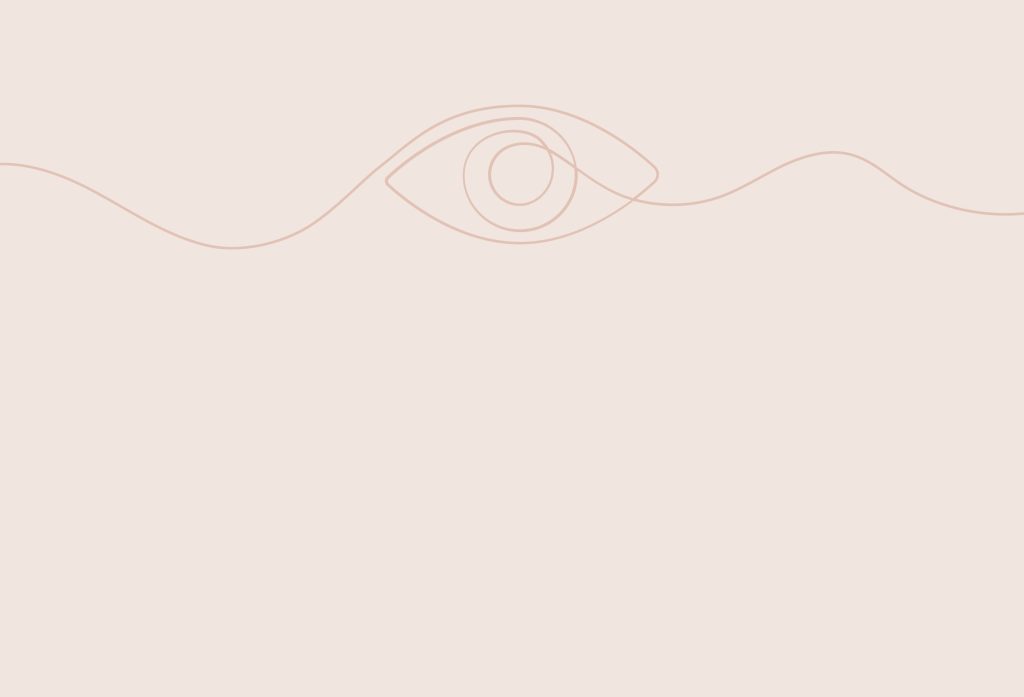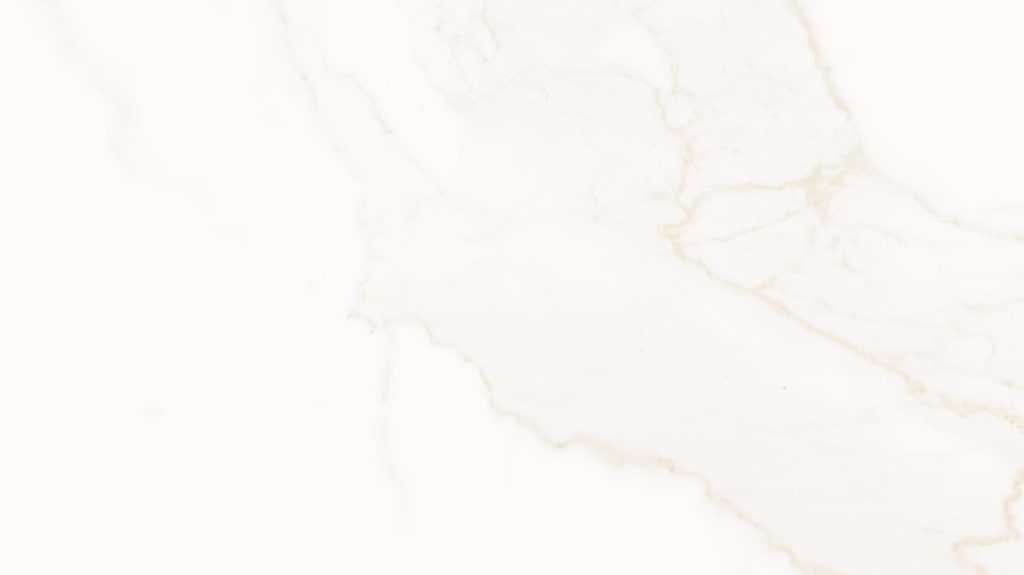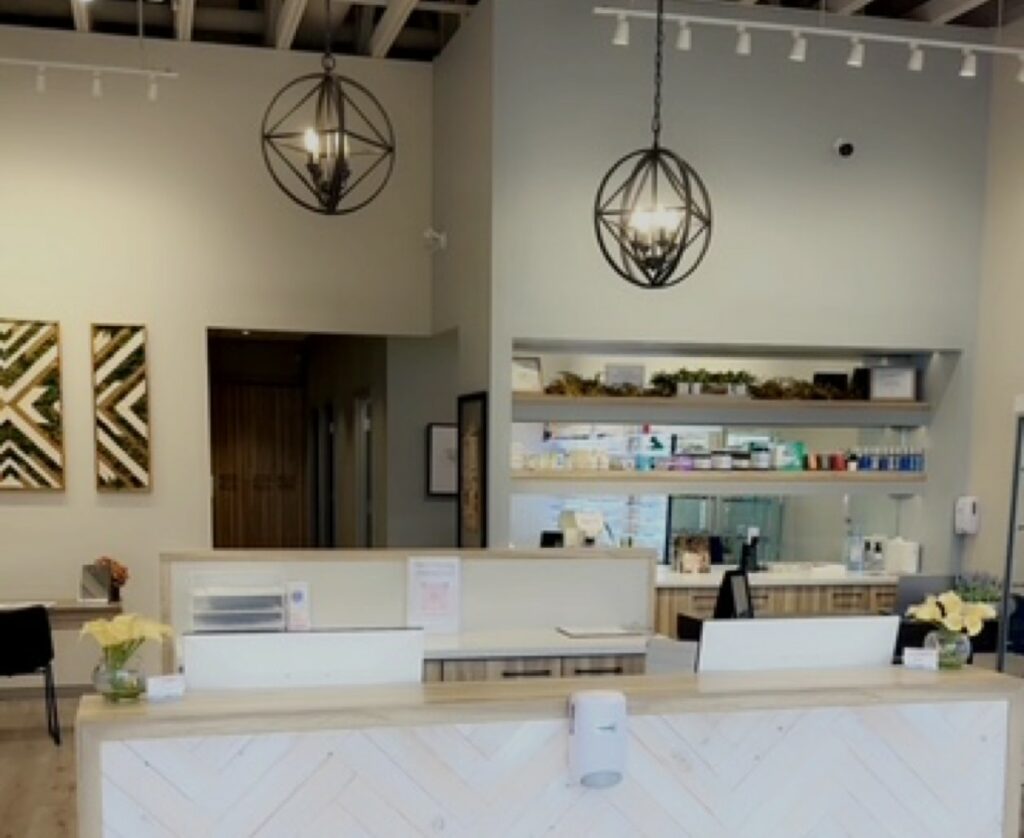Measuring Eye Health
Monitoring eye health can involve various measurements, just like monitoring your overall health. Eye pressure is one measurement your optometrist takes during a comprehensive eye exam.
Measuring eye pressure can help your eye care team evaluate the risk of developing eye problems. For example, high eye pressure is often the first sign of glaucoma. As the leading cause of blindness in Canada, assessing eye pressure is an effective tool in preventing vision loss.
What Is IOP?
Intraocular pressure (IOP) is the term for fluid pressure inside your eye. Measuring eye pressure is similar to measuring blood pressure, as higher pressure can indicate health problems. Notably, many parts of the eye are nourished through fluids rather than blood supply, including the eye’s surface.
Aqueous Humour
Aqueous humour is a watery-like substance that supplies nutrients to and removes waste from the front of the eye. The aqueous humour is located between the anterior and posterior chambers.
- The anterior chamber is located between the iris and the cornea.
- The posterior chamber is behind the iris and in front of the lens.
The ciliary body produces the aqueous substance. Then, the aqueous flows through the pupil to reach the front areas of the eye. Finally, it drains, taking waste through the trabecular meshwork.
The trabecular meshwork is a system of tiny canals between the iris and the cornea. In a healthy eye, fluid waste moves from the front of the eye through the canals (or the drainage angle). Then, the fluid empties into the bloodstream. However, fluid cannot drain properly when a problem disrupts the drainage, such as a blockage or a too-narrow angle.
Intraocular pressure increases when the aqueous fluid isn’t effectively removed from the eye. The ciliary body continues to produce aqueous fluid, increasing the volume of fluid in the eye.
Imagine filling a tub with water. With an open drain, the water empties at the same rate you’re pouring water inside. However, if you close the drain slightly or entirely, water will begin rising in the tub. Eventually, fluid levels will rise to the brim of the tub and can overflow.
High intraocular pressure is a problem because the higher fluid volume can push on the tissue inside the eye. Over time, the increased pressure can cause damage. Notably, glaucoma occurs when high eye pressure causes optic nerve degeneration.
What Is High Eye Pressure?
Some eye pressure is normal and necessary to maintain the eye’s shape. Aqueous humour is produced and drained at a constant rate of about 1 tsp (5 mL) daily. The pressure can fluctuate through the day.
Some individuals may naturally have higher IOP levels. Having your eye pressure tested regularly can allow your optometrist to determine what’s normal for your unique eyes.
Eye pressure is measured in millimetres of mercury (mm Hg), similar to measuring temperature with a thermometer. Normal eye pressure is typically between 10–21 mm Hg. High eye pressure, or ocular hypertension, is diagnosed when one or both eyes measure higher than 21 mm Hg for 2 or more appointments.
Having raised IOP for one appointment can be a warning, but it may also return to normal naturally. Measuring more than once at different times can indicate if there’s a problem with drainage. Your optometrist will also evaluate eye structures, including the optic nerve.
As eye pressure can be unique, dangerously high eye pressure isn’t a universal measurement. However, some conditions can cause a dangerous spike in IOP. For example, angle-closure glaucoma can cause a sudden IOP increase of 30–50+ mm Hg, potentially more than twice the average level.
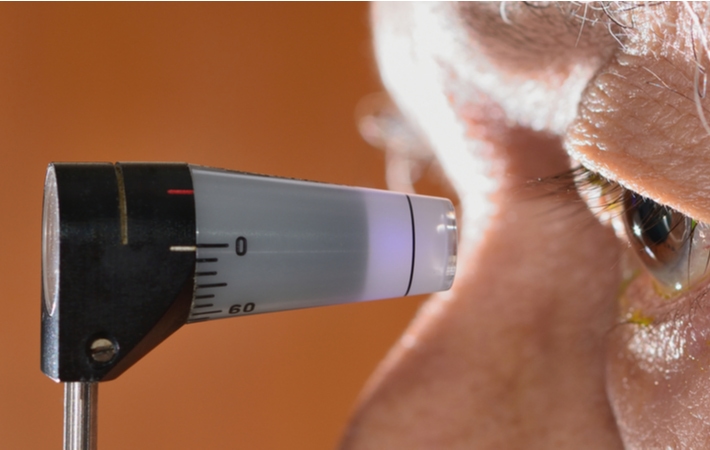
How Is IOP Measured?
IOP is measured with a tonometry test. The tests record resistance through an “air puff” or an instrument touching the eye’s surface. Typical tonometry methods include:
- Applanation (Goldmann) tonometry
- Electric indentation tonometry
- Non-contact tonometry (pneumotonometry)
How Is High IOP Treated?
How your eye pressure is treated is a personalized process. Your eye care team may recommend monitoring your eye pressure more frequently rather than immediate treatment. Many factors inform the treatment approach, including your unique risk factors.
For example, suppose your eye pressure is elevated, but only slightly. Some treatment methods may have a greater risk than allowing the pressure to resolve naturally. However, consider your IOP is much higher than your average or high for a prolonged period. In that case, you are more likely to benefit from treatment.
Your optometrist can discuss the advantages and disadvantages of multiple treatment options to help you understand your treatment plan. Increased IOP is typically treated with medications or surgery. Some surgical methods include:
- Drainage implants: a drainage valve (a silicone tube) is inserted into the eye to help drain aqueous fluid.
- Laser trabeculoplasty: a laser beam stimulates the trabecular meshwork to improve fluid drainage. The improvement can sometimes be temporary, resulting in repeated procedure sessions.
- Trabeculectomy: microsurgery is used to create a drainage flap, allowing fluid to drain into the bloodstream.
Protect Your Sight with IOP Testing
Regular comprehensive eye exams are an essential part of protecting your eyes. Legacy Eyecare uses non-contact tonometry and the Tono-Pen (a hand-held applanation tonometer) to measure eye pressure. We also evaluate additional eye structures to determine how your IOP affects your eyes.
Want to know more about your eye health and vision? Talk to our team! We look forward to seeing you. Book an appointment today!
